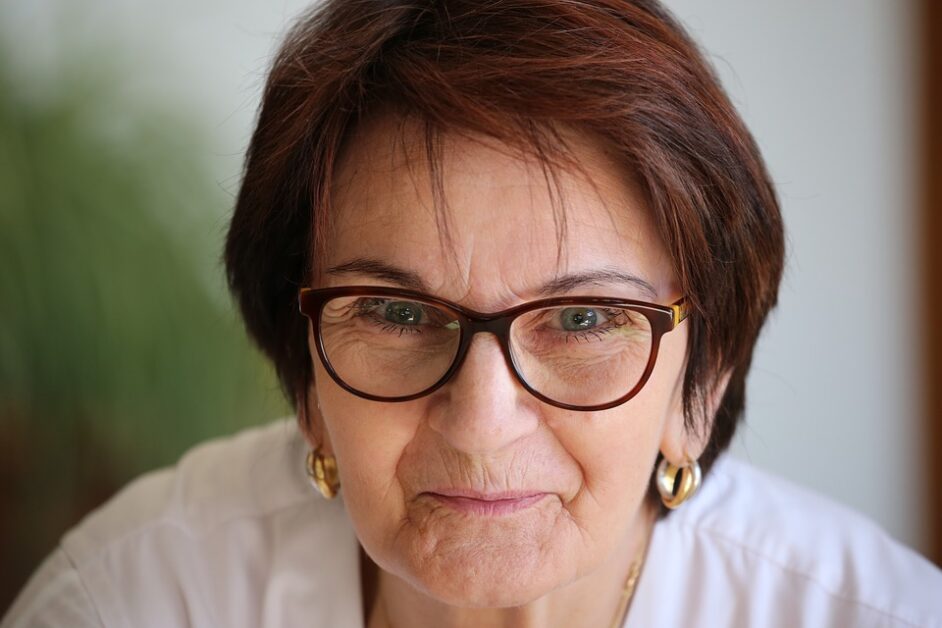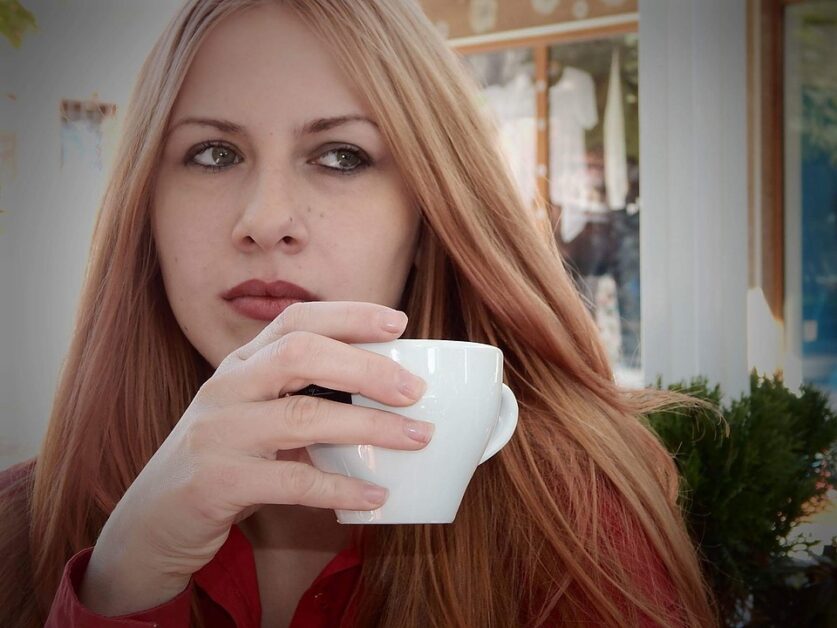How Yoga Helps
Yoga requires you to move and breathe slowly and consciously, habits that are proven to ease your body’s reaction to anxiety. You’ll also be lowering your heart rate and relaxing your muscles.
What to Do
Practice this sequence daily. Move gently and mindfully while breathing slowly. At first, try these techniques at times when you are not anxious; it’s easier to learn them then. Aim to have them mastered to use when you feel especially nervous.
Caution: Avoid these poses if you are pregnant; have heart disease, very high or low blood pressure, epilepsy, an eye or ear disorder, or a neck, shoulder, or abdominal injury; or have had a stroke.
Who Found Relief
Christina Petrilli, 20, of Millington, N.J., felt overwhelmed as soon as she started college. This self-proclaimed “worry wart” was unhappy at her school and nervous about classes. To make matters worse, she had to take public speaking. During her presentations, her heart raced and her stomach was a wreck.
But she also took yoga that semester. It relaxed her, and she wondered if she could recreate that calm elsewhere. While waiting to give a speech in class, she kept her breath slow and steady, as she did in yoga. “It worked,” she says. “I felt more confident and I actually spoke better.” Now at a new school, Petrilli knows that staying aware of her breath can ease her anxiety.
![]()









